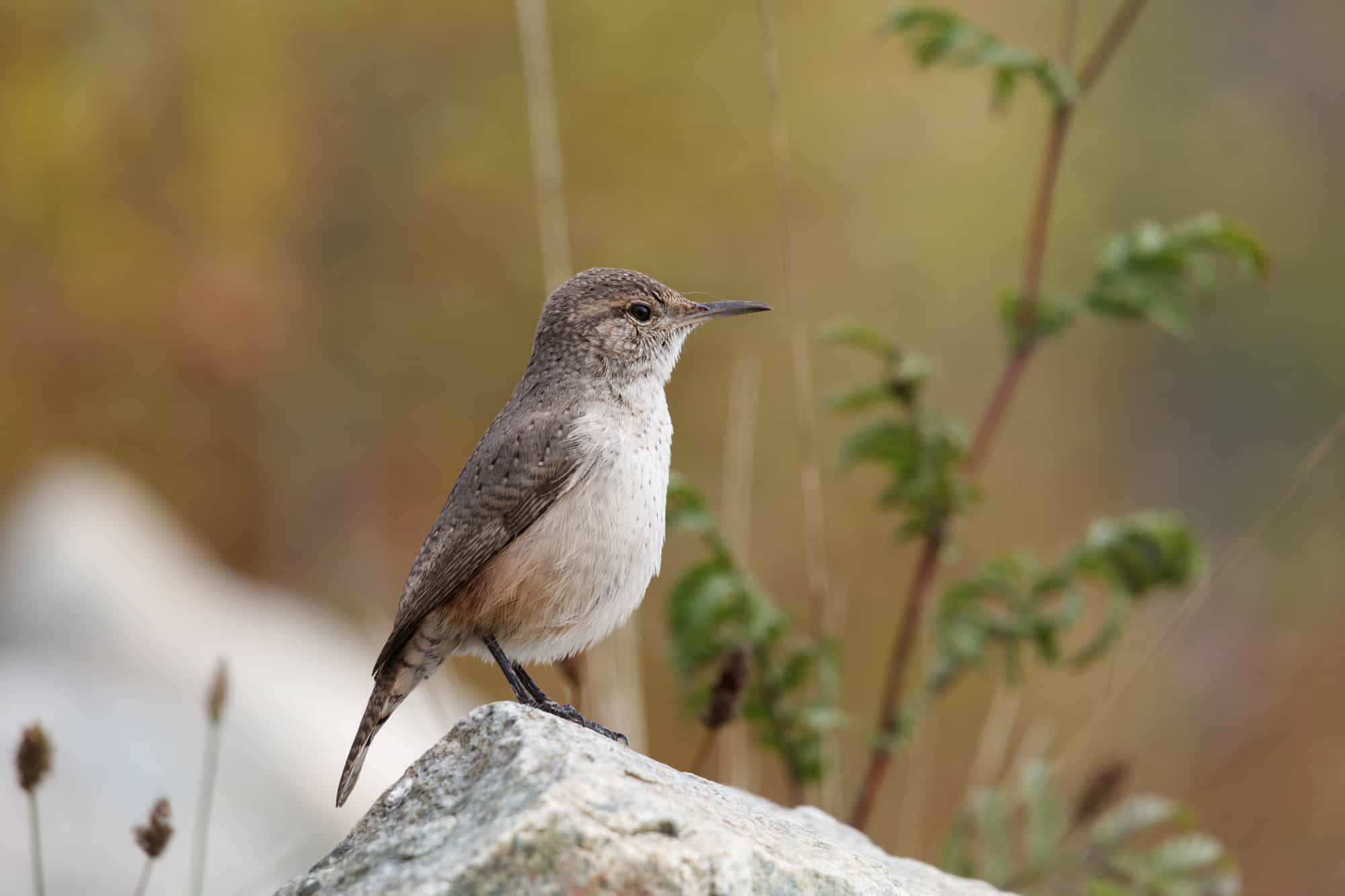If you’ve ever read ‘Into The Wild’, you’ll know you need to be tough to survive outdoor life in Alaska. The birds and other creatures that live here must be adept at coping with erratic weather, food scarcity, and incredibly short days if they’re to remain for the winter.
It may seem miraculous, then, that one of the smallest birds in North America can be found here at all. But what wrens lack in size, they more than makeup for in their lively, energetic attitude toward life – some might say they’re the quintessence of resilience and determination.
Three wren species have been seen in Alaska, although only one of them could be regarded as a true resident.
It’s understandable that when wrens do show up in Alaska, it’s normally near the milder coastline in the more southerly areas of the state. Amazingly, wrens can be found on many of Alaska’s offshore islands, too!
But enough preamble already! I’m sure you’re eager to meet the three wrens that can be found in The Last Frontier. Without peeking, can you guess which they’ll be?
Wrens in Alaska Year-Round
Pacific Wren

- Scientific Name: Troglodytes pacificus
- Length: 3.1-4.7 in (8-12 cm)
- Weight: 0.3-0.4 oz (8-12 g)
- Wingspan: 4.7-6.3 in (12-16 cm)
The Pacific wren is the only frequently seen wren in Alaska and appears on 6% of bird watchers’ checklists during the summer. Amazingly, these hardy little birds remain in Alaska all year but are slightly less common during the winter months.
Along with their eastern cousins, the winter wrens, the Pacific wren is the smallest of all North American wrens. They have an impressive extensive range that stretches all the way from California to Alaska.
While they sometimes venture inland, Pacific wrens this far north are usually found near the coastline. They rarely stray further north than Anchorage, but also inhabit many of Alaska’s islands.
Installing a suitable nest box in the backyard is a great way for residents to help Pacific wrens get through the cold Alaskan winters. They’re one of the few bird species that will huddle together in birdhouses during cold nights to stay warm!
Pacific wrens have one of the loveliest songs of the wren family, an impressively forceful high-pitched warbling trill that, once learned, is unmistakable.
Marsh Wren

- Scientific Name: Cistothorus palustris
- Length: 3.9-5.5 in (10-14 cm)
- Weight: 0.3-0.5 oz (9-14 g)
- Wingspan: 5.9 in (15 cm)
The remaining two species of wren are only considered accidental vagrants in Alaska, and it’s quite normal to go for several years without a marsh wren being reported in The Last Frontier.
On the other hand, Alaska is such a sparsely populated state, with vast areas of undisturbed wilderness, and marsh wrens are well-camouflaged, secretive birds. It’s possible that they come to visit here more than we realize.
If you were to spot a marsh wren in Alaska, it would almost certainly be amidst tall vegetation growing in standing water. These birds are so faithful to wetland habitats that they’re rarely seen anywhere else.
Furthermore, marsh wrens are among the most territorial of all wrens, and don’t seem to mind turfing their neighbors out of their nests! Their boisterous vocal bravado is by far the biggest tip-off that they’re in the area.
Rock Wren

- Scientific Name: Salpinctes obsoletus
- Length: 4.9-5.9 in (12.5-15 cm)
- Weight: 0.5-0.6 oz (15-18 g)
- Wingspan: 8.7-9.4 in (22-24 cm)
Probably even rarer in Alaska than the marsh wren is the rock wren, a beautiful pale bird that would normally feel more at home in the canyons of California than in Alaska!
Nevertheless, rock wrens have been reported in The Last Frontier, so we mustn’t write off your chances of seeing one here. If you were to spot one, it would almost certainly be in a rocky territory during the summer months.
The rock wren’s song is a curious mixture of harsh chatter along with tuneful trills. They’ll often sing while standing boldly atop a large boulder.
As for visual field marks, look out for the very long bill that they use for plucking insects from cracks and cavities in their rocky habitats. As the climate warms, the rock wren’s range will likely extend further north, so they might be seen in Alaska more often in the years to come.
Conclusion
So, our short but sweet exploration of Alaska’s wrens reaches its conclusion. You’re only likely to see Pacific wrens in The Last Frontier, but there’s also a very faint chance of seeing another species, too.
If you do spot either a marsh wren or rock wren in Alaska, be sure to report it to a local birding authority, such as Audubon Alaska.
Other than wrens, there are hundreds of other hardy birds that call Alaska their home. We’ve compiled a list of the best of them in our guide to 26 Must-see Birds in The Last Frontier.

